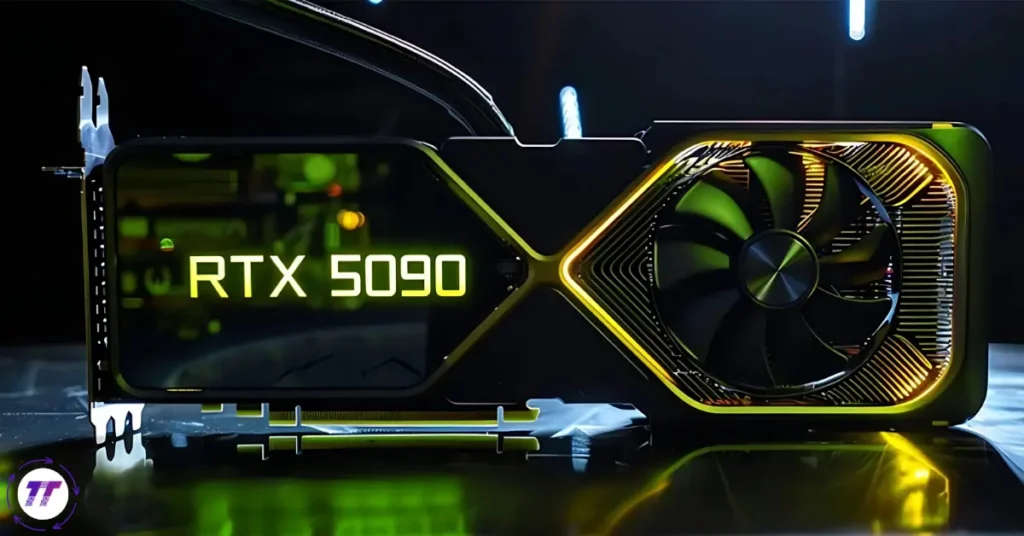You are frustrating with your slow laptop when you’re trying to get things done? Whether you’re a student cramming for exams, a remote worker juggling meetings, or just someone trying to stream a movie in peace, a sluggish system can ruin your productivity and your mood.
Good news: You don’t need to be a tech expert to fix it.
These aren’t just generic suggestions—we’re diving into practical, actionable solutions that can breathe new life into your device.
Why Is Your Laptop So Slow?
Before we jump into the solutions, it’s helpful to understand why your laptop is underperforming.
Common Reasons for a Slow Laptop:
- Too many programs running at startup
- Outdated software or drivers
- Not enough RAM or storage space
- Malware or bloatware hogging resources
- Overheating or hardware issues
- Fragmented or cluttered hard drive (especially on older HDDs)
Now, let’s talk about how to speed up your device step by step.
1. Clean Up Your Startup Programs
Why This Works
Many apps sneak into your startup list, launching every time you boot up. This delays performance right out of the gate.
How to Fix It
Windows:
- Press Ctrl + Shift + Esc to open the Task Manager.
- Go to the Startup tab.
- Disable programs you don’t need immediately (like Spotify or Skype).
Mac:
- Go to System Settings > Users & Groups > Login Items.
- Remove unnecessary applications.
Pro Tip: Leave essential services like antivirus running, but get rid of fluff.
2. Uninstall Unused Apps and Bloatware
The Clutter Effect
Over time, you accumulate programs you rarely (if ever) use. These apps eat storage and slow down performance.
How to Clean House
- Go to Control Panel > Programs and Features (Windows).
- On a Mac, just drag unused apps to the Trash.
Look for:
- Trialware you never activated
- Games you don’t play
- Duplicate utilities (e.g., multiple PDF readers)
This small step alone can do wonders if you’re wondering how to speed up a slow laptop.
3. Run a Full Malware and Adware Scan
Don’t Let Malware Drain Your Speed
Even the safest users can accidentally download malicious software. Some of these run in the background, hogging CPU and memory.
What to Do
- Use tools like Malwarebytes, Avast, or Bitdefender.
- Run a full system scan, not just a quick scan.
Once cleared, you may instantly notice a smoother experience.
4. Free Up Hard Drive Space
Think of It Like a Full Closet
When your storage is nearly maxed out, your laptop doesn’t have room to “breathe.” This leads to lag, crashes, and freezing.
Easy Cleanup Tips
- Use Disk Cleanup on Windows.
- Use Optimize Storage on Mac.
- Delete old downloads, duplicate photos, and cache files.
- Offload large files to an external hard drive or cloud storage.
Knowing how to speed up your system includes regularly freeing up space. It’s like spring cleaning, but for your computer.
5. Upgrade Your RAM or Switch to an SSD
Hardware Still Matters
If your laptop is more than 4–5 years old, you might hit a performance wall. Luckily, a RAM upgrade or an SSD swap can offer dramatic improvements.
Why These Upgrades Work
- RAM: More memory allows your laptop to multitask efficiently.
- SSD: Switching from an HDD to an SSD can cut boot time and app launch speed by over 50%.
Example: A friend upgraded her 2017 HP laptop with a $40 SSD and was amazed it felt like a brand-new machine.
If you’re committed to learning how to speed up your device permanently, consider this investment.
6. Keep Your Operating System and Drivers Updated
Outdated = Vulnerable and Slow
System updates patch security holes and optimize performance. The same goes for hardware drivers.
How to Update
- On Windows, go to Settings > Update & Security > Windows Update.
- On Mac, go to System Preferences > Software Update.
Also, update drivers like:
- Graphics cards
- Sound cards
- Network adapters
Staying current is one of the simplest ways how to speed up your tech.
7. Turn Off Visual Effects
Pretty But Pricey
Animations and visual effects look sleek but often slow things down—especially on older machines.
Trim the Fat
Windows:
- Go to System Properties > Advanced > Performance Settings.
- Choose Adjust for best performance or customize settings manually.
Mac:
- Disable “Reduce Transparency” and “Motion” in Accessibility Settings.
Minimalist visuals = better performance.
8. Use Lightweight Software Alternatives
Stop Overloading with Heavy Apps
If you’re using Photoshop to crop a photo or Chrome with 30 tabs open, you’re burning unnecessary resources.
Smarter Choices
- Use Paint.NET or Pixlr instead of Photoshop.
- Try Brave or Firefox instead of Chrome.
- Use Notepad++ over heavy IDEs for simple text editing.
Smaller apps do the job with less lag, which is exactly how to speed up your laptop without a complete overhaul.
9. Reset or Reinstall Your Operating System (as a Last Resort)
Clean Slate, Clean Speed
If all else fails, a system reset can purge years of junk and restore original performance.
Windows:
- Go to Settings > Recovery > Reset this PC.
Mac:
- Use macOS Recovery to erase and reinstall.
Warning: Back up everything before you proceed!
10. Regular Maintenance Habits
Think of your laptop like a car—it needs tune-ups.
Weekly or Monthly Tasks
- Restart it regularly
- Run disk cleanup tools
- Check for updates
- Organize your desktop (yes, that matters!)
- Avoid opening too many browser tabs
Practicing these habits is how to speed up your system consistently over time.
Final Thoughts: Don’t Settle for a Slow Laptop
A slow laptop doesn’t have to be your norm. With a bit of effort and the right strategy, you can turn your digital turtle into a nimble workhorse.
Remember, knowing how to speed up your laptop isn’t just about fixing issues—it’s about preventing them.
So take action today:
- Clean up your startup
- Uninstall what you don’t need
- Scan for malware
- Consider a hardware upgrade if it makes sense
The longer you wait, the more frustrating your device becomes. Take control of your laptop’s performance and enjoy smooth, fast computing again.
Got a specific issue with your laptop speed? Drop a comment below or reach out—we’re here to help!


